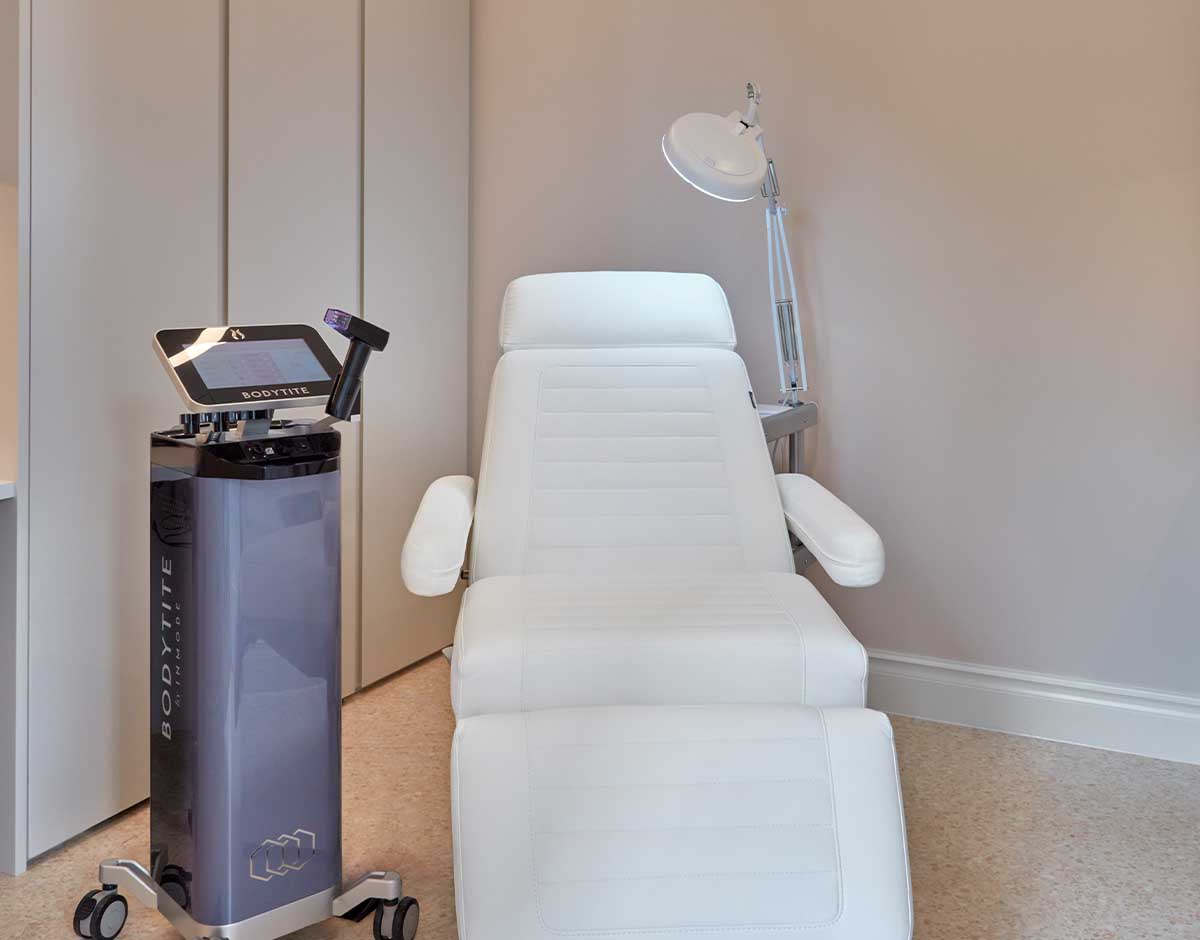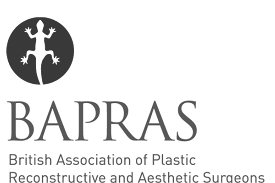-
What are Sebaceous cysts?
Sebaceous cysts are very common lumps that can form on the scalp, face and body. When they occur on the scalp, they are known as pilar cysts, while those that develop on the face or body are usually referred to as epidermoid cysts or sebaceous cysts. These cysts are typically benign and harmless, often appearing as small, round bumps under the skin. They originate from the upper part of the hair follicle and are filled with keratin and lipid-rich debris.
-
Who is Sebaceous cyst removal surgery suitable for?
Sebaceous cyst removal surgery is suitable for all individuals who have developed sebaceous cysts that are causing discomfort or affecting their daily lives.
-
What happens at your first Sebaceous cyst removal surgery appointment?
Jonathan will examine the cyst and discuss your medical history with you to determine its size, location, and any symptoms you may be experiencing. This will help him determine the best course of treatment. Once he has gathered all the necessary information, he will explain the surgical procedure to you and address any concerns or questions you may have.
-
How painful is Sebaceous cyst removal surgery?
Jonathan will administer local anaesthetic to numb the area before making an incision to remove the cyst. This should ensure that you won’t feel any pain during the surgery. Any discomfort or mild pain you might feel after the procedure, can be managed with over-the-counter pain relievers.
-
How long does Sebaceous cyst removal surgery take?
Sebaceous cyst removal surgery usually takes up to 30 minutes. The duration of the procedure depends on the size and location of the cyst.
-
What results can I expect from my Sebaceous cyst removal surgery?
Sebaceous cyst removal surgery aims to completely remove the cyst and prevent it from recurring. Immediately after the surgery, you can expect to experience some mild swelling, bruising, and minor discomfort in the area. These symptoms are temporary and should subside within a couple of days.
-
Are there any risks associated with Sebaceous cyst removal surgery?
Sebaceous cyst removal surgery is generally considered safe and effective. However, like any surgical procedure, there are some risks involved. Jonathan will discuss these risks with you when you have your pre-surgery consultation.

Sebaceous Cyst Removal
Skin
Sebaceous cysts are common lumps which may affect all parts of the body. They may also be called epidermoid cysts, or pilar cysts on the scalp. They may grow, become infected or discharge fluid, and can be unsightly and painful. By removing your cyst, Jonathan can alleviate any pain or discomfort you have been experiencing and prevent episodes of infection.
What happens during Sebaceous cyst removal surgery?
Sebaceous cyst surgery involves the removal of the entire sac of the cyst to minimise any risk of it returning. If it is simply incised and the contents are squeezed out, the sac remains under the skin and there is a high likelihood of it returning.
Removal of the cyst is performed following injection of local anaesthetic. Jonathan will make a small incision in the skin over the cyst to remove the punctum (small hole and track linked to the cyst) and carefully extract the whole cyst. The wound is then closed with fine stitches to enable healing and the best result possible with time.
Why choose Jonathan Dunne for your Sebaceous cyst removal surgery?
Jonathan is known for his meticulous approach and attention to detail, ensuring that the cyst is completely removed without causing any damage to surrounding tissues. He creates a comfortable environment throughout the surgical process making it as simple as possible.
Faqs | Sebaceous Cyst Removal
“Nice facility, especially the waiting room! Efficient service, and well-informed and professional medical intervention.”
Client Review











